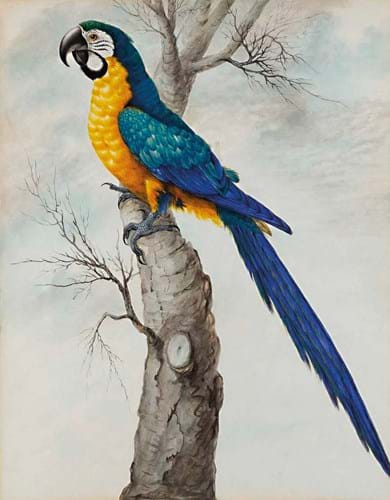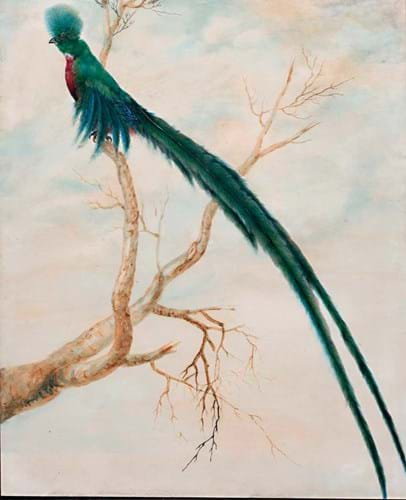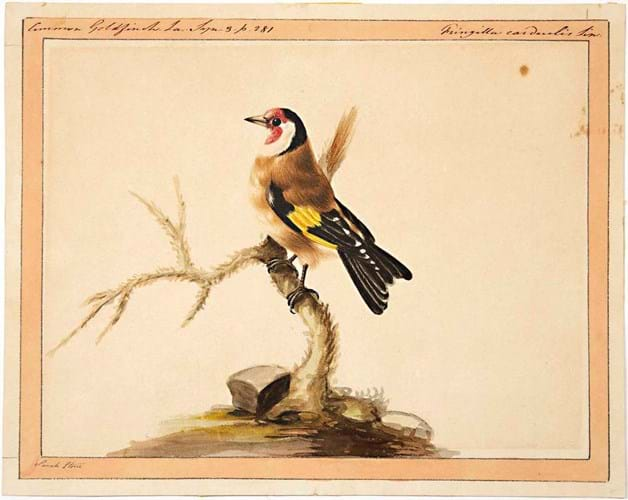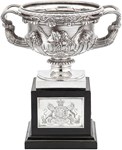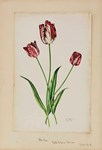It was a case of two current art market trends coming together to drive demand for a group of works on offer at Mallams (25% buyer’s premium) in Oxford.
The increasing attention on the accomplishments of female artists combined with a greater focus on the natural world combined to propel the 18 lots by Sarah Stone (c.1760-1844) to remarkable levels.
A talented and meticulous illustrator and painter of ornithological, zoological and botanical subjects, she was employed by Sir Ashton Lever in the 1770-80s to record the objects in his extraordinary Leverian Museum.
The museum was a major cultural institution in 18th century London (also known as the Leicester House museum) and it comprised Sir Ashton’s vast collection of animal specimens and ethnographic material brought back from British expeditions to America, Africa, the Far East and Australia, including on Captain Cook’s second and third voyages.
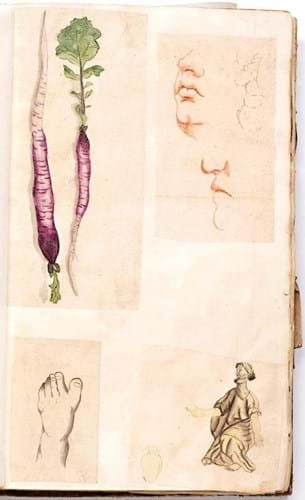
A page from an album containing a large collection of early sketches by Sarah Stone, dating from the c.1770s. Offered as a single lot at Mallams, the album fetched £6500.
Eye for detail
One of the few female painters of her age working in the natural history genre, Stone’s renderings of birds in particular demonstrated her good eye for anatomical detail and high level of technical skill with the delicate brushwork, fine details and striking use of colour.
The consignment came from a local deceased estate – that of the late Patrick Dockar-Drysdale who died last year (also see Books & Works on Paper this edition). Stone was one of his ancestors. Some of the works had come down through the family while others had been bought from auctions over the last 30 years, including at Sotheby’s.
Stone’s works are generally scarce and this group, along with the further nine lots which will be offered at Mallams’ next picture auction on April 6, was one of the largest collections of her work owned by a private individual.
The 18 lots at The Oxford Library Sale on February 23-24 comprised 15 watercolours of birds plus three lots of sketches. The latter included a large collection of early drawings which had been removed from their sketchbooks and were pasted into an album. It surpassed a £1000-1500 estimate and sold at £6500, following the pattern of works flying over what proved to be highly tempting estimates.
As well as being rare, market-fresh and with excellent provenance, the group also benefited from the works being in the favourable condition generally, although one of the watercolours in particular suffered from time staining.
On the day all 18 lots sold for a £171,700 hammer total, posting seven of the top 10 auction prices recorded for Stone in the process. Even the lot which had a few condition issues, a watercolour of a golden eagle dated 1806, drew hefty competition and was bid to £13,000 against a £500- 700 pitch.
As well as bidding from the UK, Mallams reported overseas interest online, and four phone bidders participated keenly. In the end, five different buyers were successful, the split being roughly even between trade and private buying.
As expected, the watercolours depicting more exotic, grander and colourful birds fetched the higher prices along with those depicting their subjects large-scale (ie where the bird took up most of the image).
Leading the group was a depiction of a blue and yellow macaw perching on a tree which ticked all of these boxes, benefiting especially from its strong colours which stood out against a paler background.
As with a number of the works in the collection at Mallams, the 17 x 13in (43 x 33cm) watercolour was signed Sarah Smith (her married name after her marriage in 1789 to Captain John Langdale Smith). It had also featured in a 1998 book on the artist by Christine Jackson titled Sarah Stone: Natural Curiosities from the New Worlds.
Estimated at £1000-1500, it sold at £28,000 to the trade. The price was the second highest for the artist at auction, only behind the extraordinary watercolour she executed in 1785 showing the interior of Sir Ashton’s museum with all its numerous cabinets teeming with varied specimens. It had sold at Sotheby’s Australia for Aus$95,000 (£36,830) in August 2000.
Among the other lots bringing the strongest bidding in Oxford was another of the watercolours signed Sarah Smith. Showing an Amazon parrot perched upon a branch inspecting a fly, it measured 13½ x 11½in (34 x 29cm) and featured the full-image format and bold colouring that found favour with bidders. Again estimated at £1000-1500, it was taken to a final £19,500 – the fourth-highest price for a work by Stone.
Exotic appeal
Bid to £16,000 against the same estimate was a depiction of arguably the most exotic bird in the collection.
The 16¾ x 13¾in (43 x 35cm) watercolour of a Quetzal (Pharomachrus Mocinno) certainly caught the eye with the resplendent green plumage of the bird and long tail indicating it was a male.
Found mostly in Central America, Quetzals could measure up to 4ft (1.22m) long and, although well known to the Aztecs, it was not until 1832 that they were first recorded ‘scientifically’ in the ornithological papers of the Mexican Catholic priest and naturalist Pablo de La Llave.
The combination of zoological interest and striking image again drove demand as it sold more than 10 times over its £1500 high estimate.
Demand was not limited to birds from warmer climes, however. A little closer to home was a picture of a common goldfinch – another of the lots that the previous owner had bought at auction, in this case paying £2800 at Sotheby’s in 2001.
Although it had a little foxing and the paper was slightly browned, the 9½ x 11¾in (24 x 30cm) watercolour was a bright, finely executed and characterful study which drew strong interest against a £600-800 pitch.
Selling at £8500, it made a significant return over two decades and suggested that the timely sale of this collection has not only brought greater attention to the artist but may have started a roll in the Stone market.


